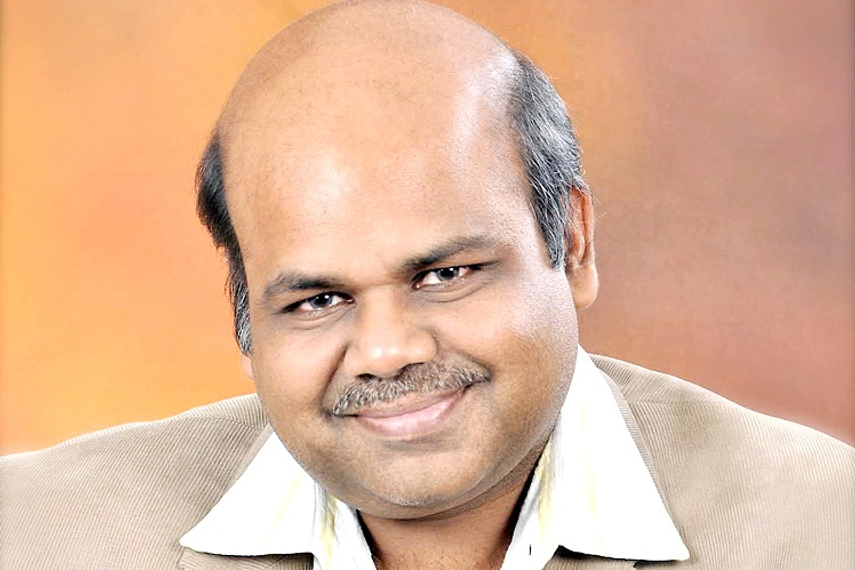Marketing automation enables brands to build a single view of the customer–across channels– and manage the customer lifecycle by ensuring that the right communication reaches him/her at the right time on the right channel.
Let us take the example of a children’s shoes manufacturer. Children outgrow shoes every 18 months or so, thus creating a revenue opportunity for the brand. A European shoe brand has set up an automated solution that sends an email to the mother a month ahead of the time for buying the next pair of shoes, along with a recommendations bases the last purchase (gender/design/price). This creates value for everyone: the child gets a new pair of shoes on time, the mother is happy and the brand gets new business.
Let us now take the example of an Indian timeshare brand that has numerous resorts. The brand has multiple databases – one with customer history, another of financial data (which tier/last EMI paid) and yet another that has resort reservation data. Using the marketing cloud, different pieces of data from the databases can be brought into a central data lake, enabling the creation of relevant messaging for customers (a spa voucher for everyone checking into a particular resort this weekend; value of the voucher would be based on customer tier or EMI payment). This ensures that instead of sending out the same message to everyone (high cost/low response rate), every customer gets a message tailored to his or her needs, resulting in better conversion.
During the Indian Premier League (IPL), a leading quick-service restaurant brand leveraged marketing automation to send offer-based texts to customers. The messages would go out every day to only those customers in its database whose city IPL teams were playing that day. The message would be sent around the match time, giving it context and encouraging customers to visit its portal and place home-delivery orders. This resulted in a 30 per cent sales uplift during the IPL.
Automation is the future of digital marketing. So far, digital marketing has happened in isolation. We show an ad to someone on a social channel and then send a email (with perhaps a follow-up message), not knowing that it is the same consumer. Automation enables a brand to a single view of the consumer and then show consistent communication across all channels based on transaction or engagement history. You can also present the communication basis the consumer’s preferred channel. This reduces wastage and results in better engagement.
(The author is joint CEO at Mirum India.)











.png&h=268&w=401&q=100&v=20250320&c=1)
